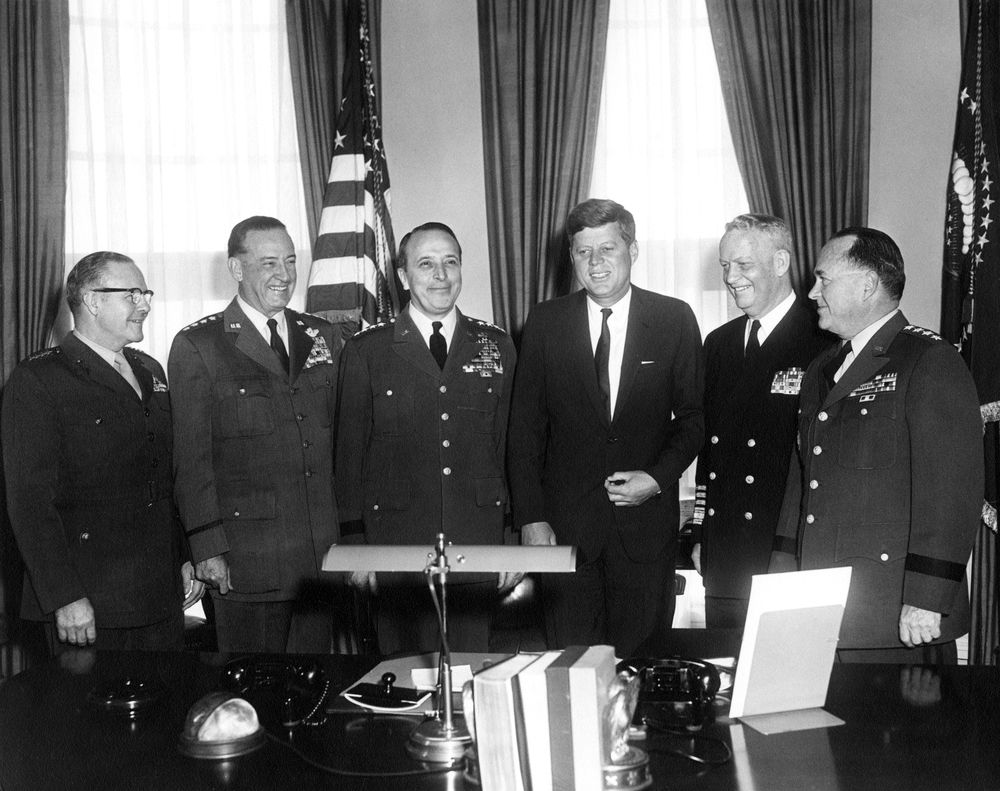Operation Northwoods was a covert plan proposed in 1962 by the U.S. Department of Defense and the Joint Chiefs of Staff. The operation was intended to create a series of false-flag events to justify military intervention in Cuba. It was conceived during a period of heightened tension between the United States and Cuba, following the Cuban Revolution and Fidel Castro’s rise to power. The primary goal of Operation Northwoods was to fabricate acts of terrorism and aggression that could be attributed to the Cuban government, thereby providing the U.S. government with a pretext for invading the island and ousting Castro.
The plan included various possible scenarios, such as staging attacks on American military installations in Guantanamo Bay, sinking boats carrying Cuban refugees, and orchestrating fake hijackings of civilian airliners. These incidents were to be designed in such a way that they would appear to be carried out by Cuban operatives. The hope was that these provocations would lead the American public and international community to support military action against Cuba. The operation’s proposals went as far as considering the possible loss of American lives, which would have been falsely blamed on the Cuban government to rally support for intervention.
Operation Northwoods was never approved, and President John F. Kennedy ultimately rejected the plan. The proposal was part of a broader effort by the U.S. government during the Cold War to contain the spread of communism, particularly in Latin America. This rejection is often viewed as a critical moment in Kennedy’s presidency, demonstrating his reluctance to escalate military conflict in Cuba, especially in the wake of the failed Bay of Pigs invasion the previous year.
The details of Operation Northwoods remained classified for decades until documents related to the operation were declassified in the 1990s. These revelations sparked widespread controversy and debate about the ethics of such proposals and the extent to which governments might go to achieve political or military objectives. While the operation was never carried out, its existence highlights the extreme measures considered during the Cold War and serves as a reminder of the lengths to which some officials were willing to go in the fight against communism.
Ultimately, the exposure of Operation Northwoods has contributed to ongoing discussions about the transparency and accountability of government actions, particularly in the context of military and intelligence operations. It remains a significant example of a covert plan that, had it been implemented, could have had far-reaching consequences for U.S.-Cuba relations and global perceptions of U.S. foreign policy during the Cold War era.
Document Archive
Central Intelligence Agency
 Central Intelligence Agency (CIA) Records from the Foreign Broadcast Information Service (FBIS) [ 24 Pages, 2.92MB ]
Central Intelligence Agency (CIA) Records from the Foreign Broadcast Information Service (FBIS) [ 24 Pages, 2.92MB ]
 Central Intelligence Agency (CIA) Denial After my Mandatory Declassification Review (MDR) [ 1 Page, 0.7MB ]
Central Intelligence Agency (CIA) Denial After my Mandatory Declassification Review (MDR) [ 1 Page, 0.7MB ]
Joint Chiefs of Staff
 Justification for US Military Intervention in Cuba, 13 March 1962 [ 15 Pages, 2.92MB ]
Justification for US Military Intervention in Cuba, 13 March 1962 [ 15 Pages, 2.92MB ]
 Report by the Department of Defense and the Joint Chiefs of Staff Representative of the Caribbean Study Group to the Joint Chiefs of Staff on CUBA PROJECT, 9 March 1962 [ 13 Pages, 2.5MB ]
Report by the Department of Defense and the Joint Chiefs of Staff Representative of the Caribbean Study Group to the Joint Chiefs of Staff on CUBA PROJECT, 9 March 1962 [ 13 Pages, 2.5MB ]
National Archives and Records Administration (NARA)
 Northwoods [181 Pages, 25.6MB ] – This, according to the National Archives, is the only document within their collections that deals with Operation Northwoods. Special thanks to friend and fellow FOIA requester Michael Best for obtaining this document and notifying me about it. He graciously created the searchable PDF for The Black Vault.
Northwoods [181 Pages, 25.6MB ] – This, according to the National Archives, is the only document within their collections that deals with Operation Northwoods. Special thanks to friend and fellow FOIA requester Michael Best for obtaining this document and notifying me about it. He graciously created the searchable PDF for The Black Vault.
(The following document is ARCHIVED, but no longer relevant. The referenced document in this order form was received, and added above.)
 Northwoods – Original response to The Black Vault from NARA [ 7 Pages, 2.9MB ]
Northwoods – Original response to The Black Vault from NARA [ 7 Pages, 2.9MB ]

